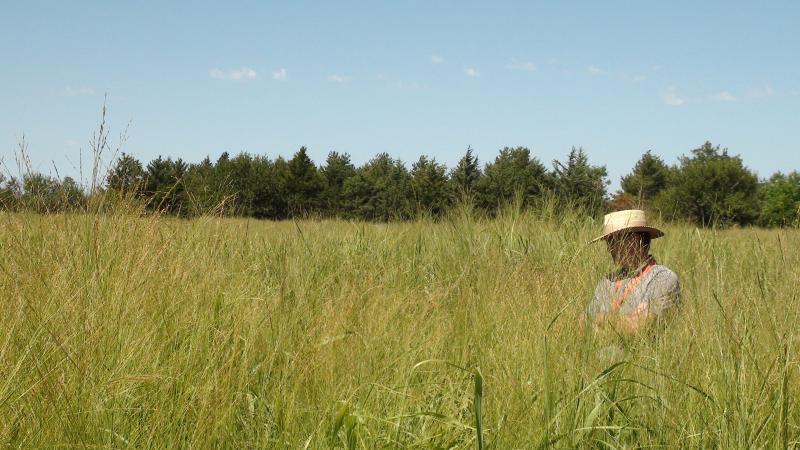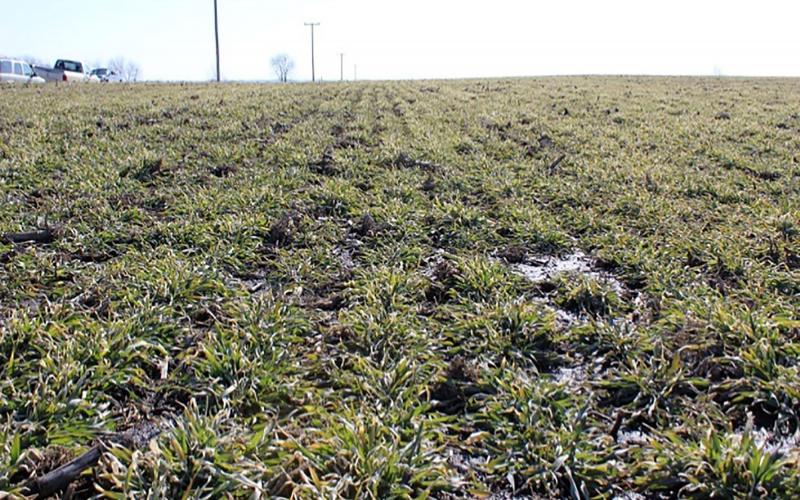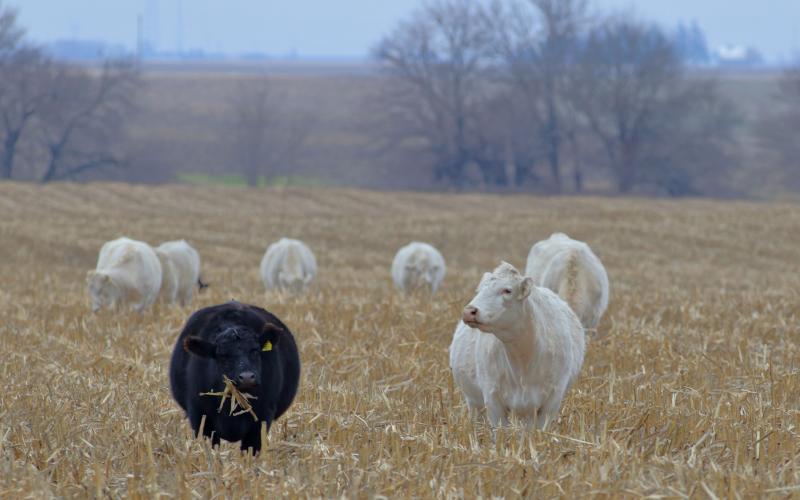Written collaboratively by Anthony Bly, Tong Wang, Jennifer Mueller, Troy White, and Sandeep Kumar.
Switchgrass (Panicum virgatum) is a tall, native, prairie grass that is often seeded on marginal lands in South Dakota. It has gained growing popularity over the past decade not only as a source of biofuel and feed, but also as a method to improve soil properties. With this growing popularity, researchers have taken a deeper look at how switchgrass improves soil’s physical, chemical, and biological properties. Researchers also have identified the best application rates to fertilize switchgrass fields. This wealth of information can help producers make more informed decisions when considering seeding switchgrass on their own lands.
Soil Improvements From Switchgrass

Over time switchgrass improves soil properties in two ways. First, it increases organic matter in the soil through the decomposition of the plant structure and roots. Second, switchgrass has a deep root system that penetrates deep into the soil horizon. These two work together to improve soil’s physical and chemical properties, as well as microbe and biological health.
Physical and Chemical Properties
Research has shown that over a 10-year period marginal lands seeded with switchgrass showed significant improvement in soil organic carbon levels, infiltration rates, saturated hydraulic conductivity, soil water retention, and pore size distribution. Research also showed a significant reduction in soil bulk density and soil penetration resistance. Overall it is clear that, over time, switchgrass significantly improves the physical and chemical properties of the soil.
Biological Properties
Another key aspect of healthy soil is microbial communities. These consist of both microbes and enzymes in the soil and are crucial in soil health and nutrient cycles. These microbes decompose organic matter and release nutrients back into the soil. Researchers have found that switchgrass fields have improved microbe and enzymatic populations in soil. This increases soil organic carbon levels and leads to healthier soil.
Nitrogen Application
Researchers have also taken a deeper look at the proper nitrogen application rates for switchgrass seeded lands. As with any crop, proper nitrogen application helps to increase yields and can lead to even further improvements in soil health. Through analyzing varying application rates over time, researchers have found the “sweet spot” of N application to be around 123 lb ha-1. While adjustments may need to be made based on soil type and environmental factors, this amount provides a good baseline for producers in South Dakota.
Challenges With Implementing Switchgrass
As with any new management practice, implementing switchgrass on marginal lands can come with challenges for producers. Often producers are more comfortable with the methods they are already using. Producers may also have a general lack of knowledge about the benefits of seeding switchgrass or about the management strategies needed to be successful. To combat this, often initial investments of time and resources are needed. However, over time, even the most compacted soils and marginal lands can be improved with the implementation of switchgrass making it a useful tool to producers.
Bottom Line

Due to its addition of organic matter to soil and its deep root structure, switchgrass can be seeded on marginal lands to improve soil properties and overall health. It can provide producers with not only a source of feed and biofuel, but also a way to improve severely marginalized soils. Nitrogen application for switchgrass reaches optimal efficiency around 123 lb ha-1 but this amount should be analyzed by individual producers based on their own soil properties.
For more information on switchgrass as an ornamental grass for garden use, please view the article “Native Plants: Switchgrass (Panicum virgatum).”
Resources:
- Sekaran et al., 2018. Soil microbial community structure and enzymatic activity responses to nitrogen management and landscape positions in switchgrass (panicum virgatum L.). GCB Bioenergy.
- Singh et al., 2019. Soil hydrological properties as influenced by long-term nitrogen application and landscape positions under switchgrass seeded to a marginal cropland. GCB Bioenergy.
![A green tractor planting seeds in a no-till field. Courtesy: United Soybean Board [CC BY 2.0] via Flickr](/sites/default/files/styles/teaser_800x500/public/2019-10/W-00433-00-no-till-planting-soybeans-field.jpg?h=b2774bcf&itok=4KjGmXKP)

